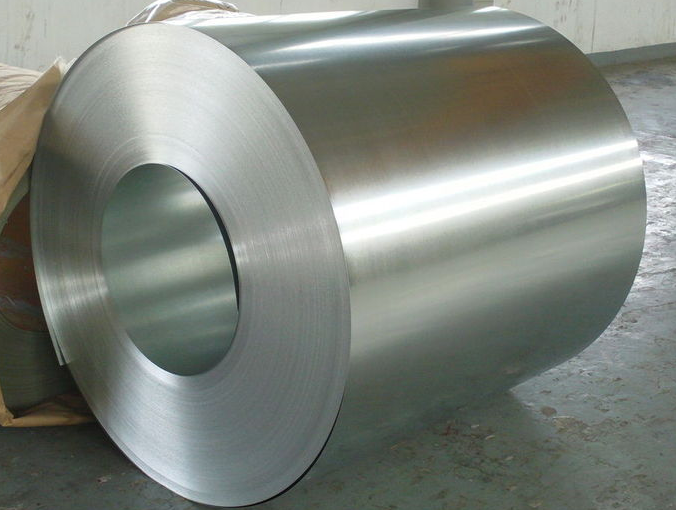Product
April 20, 2018
AGC Reports Construction Employment Gains in March
Written by Sandy Williams
Thirty-eight states and the District of Columbia added construction jobs between March 2017 and March 2018, while 29 states added construction jobs between February and March, according to an analysis by the Associated General Contractors of America of Labor Department data. Strong private-sector demand and new public-sector investments in school and airport construction contributed to the March gains.
Association officials said the widespread job gains were welcome news, but cautioned that new tariffs announced by the Trump administration and counter measures from other trading partners could undermine demand for construction of shipping, logistics and manufacturing facilities. “There are better ways to address trade imbalances than by undermining domestic economic growth,” said Stephen E. Sandherr, the association’s chief executive officer.
California added the most construction jobs (54,400 jobs, 6.8 percent) during the past year. Other states adding a large number of new construction jobs for the past 12 months include Texas (34,000 jobs, 4.8 percent); Florida (31,600 jobs, 6.3 percent); Pennsylvania (13,600 jobs, 5.6 percent) and Michigan (12,100 jobs, 7.5 percent). West Virginia (11.2 percent, 3,400 jobs) added the highest percentage of new construction jobs during the past year, followed by Nevada (9.0 percent, 7,500 jobs); Idaho (8.6 percent, 3,800 jobs); Massachusetts (7.7 percent, 11,500 jobs) and New Mexico (7.6 percent, 3,400 jobs).
{loadposition reserved_message}
Twelve states shed construction jobs between March 2017 and March 2018. North Dakota lost the highest total and percentage of construction jobs (-4,300 jobs, -14.8 percent), followed by Iowa (-3,900 jobs, -5.0 percent); Kansas (-2,500 jobs, -4.1 percent); Nebraska (-2,000 jobs, -3.8 percent) and New Jersey (-1,800 jobs, -1.2 percent). In addition to North Dakota, other states that lost a high percentage of construction jobs for the month included Iowa, Kansas, Nebraska and Hawaii (-2.4 percent, -900 jobs).
Twenty-nine states added construction jobs between February and March. Texas added the most (3,800 jobs, 0.5 percent), followed by Wisconsin (2,300 jobs, 1.9 percent); Florida (2,200 jobs, 0.4 percent); Michigan (1,600 jobs, 0.9 percent) and Missouri (1,400 jobs, 1.2 percent). Alaska added the highest percentage of construction jobs for the month (2.6 percent, 400 jobs), followed by Wisconsin, Iowa (1.8 percent, 1,300 jobs), Kentucky (1.3 percent, 1,000 jobs) and Missouri.
Nineteen states and the District of Columbia lost construction jobs between February and March, while construction employment was unchanged in Vermont and Wyoming. New York lost the most construction jobs for the month (-5,200 jobs, -1.3 percent), followed by California (-4,400 jobs, -0.5 percent); New Jersey (-1,400 jobs, -0.9 percent); Arizona (-1,200 jobs, -0.8 percent) and Minnesota (-1,000 jobs, -0.8 percent). Rhode Island lost the highest percentage of construction jobs (-2.6 percent, -500 jobs), followed by Hawaii (-1.9 percent, -700 jobs); West Virginia (-1.7 percent, -600 jobs); South Dakota (-1.7 percent, -400 jobs) and New York.







